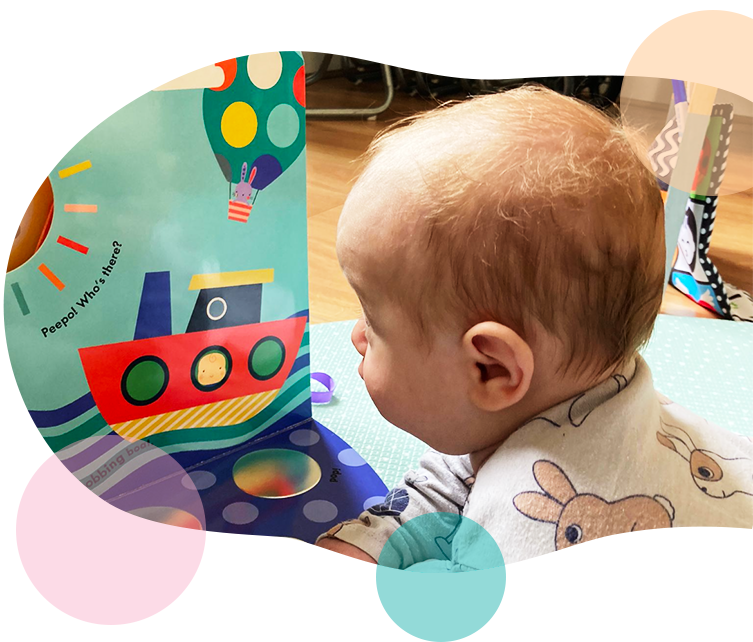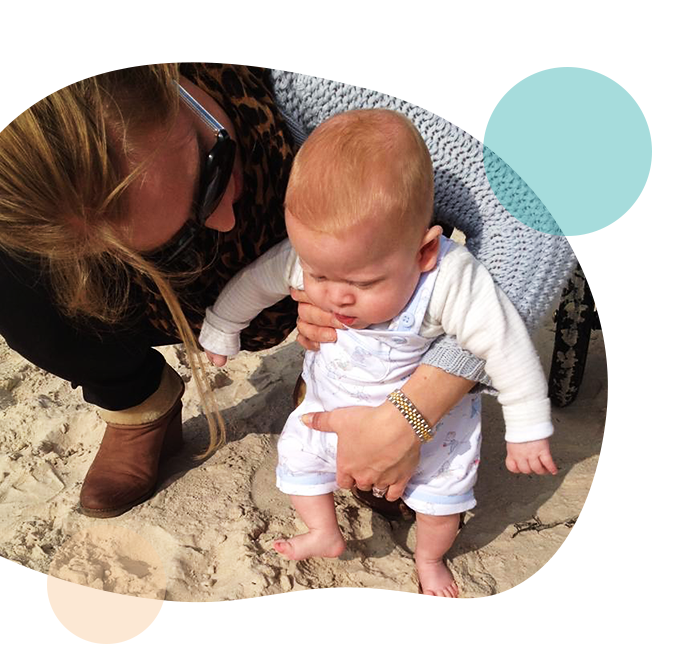What does the Sensory thread involve?
It is through our sensory systems that we learn about our body and the world outside.
Once babies are born they are surrounded by sights, sounds, touch, smells, tastes. They gather sensations from their bodies as they learn to move in the world and interact with the people, objects and environments around them. Sensations are like food for our brains and bodies; they are essential for our development. We put sensations together to understand about people and objects and environments, and what they mean to us; how they make us feel.
We have eight sensory systems. Five are commonly known about: touch, vision, hearing, taste, smell. We also have sensory systems that tell us about movement and gravity, our vestibular sense; about movement of our muscles and joints, proprioception; and sensations from our inner body, interoception. This sense enables us to know when we are hungry or uncomfortable.
Some preterm infants are at risk for abnormal sensory development. This is due to brain immaturity at birth and the type of sensory experiences in the Neonatal Intensive Care Unit. These can alter the development and functioning of the sensory systems.

